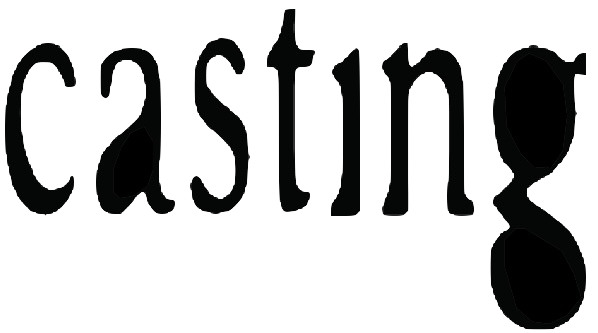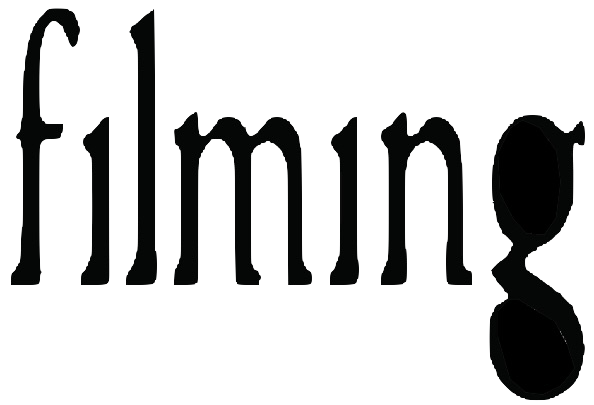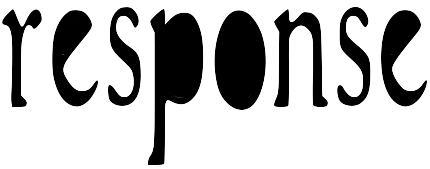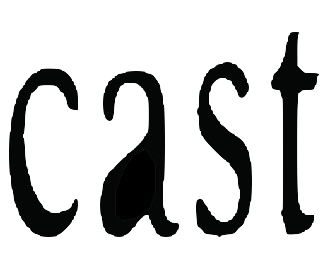
Edward Scissorhands is a 1990 American gothic romantic fantasy film[5] directed by Tim Burton. It was produced by Burton and Denise Di Novi, written by Caroline Thompson from a story by her and Burton, and starring Johnny Depp, Winona Ryder, Dianne Wiest, Anthony Michael Hall, Kathy Baker, Vincent Price, and Alan Arkin. It tells the story of an unfinished artificial humanoid who has scissor blades instead of hands, is taken in by a suburban family, and falls in love with their teenage daughter.
Burton conceived Edward Scissorhands from his childhood upbringing in suburban Burbank, California. During pre-production of Beetlejuice, Thompson was hired to adapt Burton's story into a screenplay, and the film began development at 20th Century Fox after Warner Bros. declined. Edward Scissorhands was then fast-tracked after Burton's critical and financial success with Batman. The film also marks the fourth collaboration between Burton and film score composer Danny Elfman, and was Vincent Price's last film role to be released in his lifetime.
Edward Scissorhands was a critical and commercial success, grossing over four times its $20 million budget. The film won the British Academy Film Award for Best Production Design and the Hugo Award for Best Dramatic Presentation, in addition to receiving multiple nominations at the Academy Awards, British Academy Film Awards, and the Saturn Awards. Both Burton and Elfman consider Edward Scissorhands their most personal and favorite work.

The genesis of Edward Scissorhands came from a drawing by then-teenaged director Tim Burton, which reflected his feelings of isolation and being unable to communicate to people around him in suburban Burbank. The drawing depicted a thin, solemn man with long, sharp blades for fingers. Burton stated that he was often alone and had trouble retaining friendships. "I get the feeling people just got this urge to want to leave me alone for some reason, I don't know exactly why." During pre-production of Beetlejuice, Burton hired Caroline Thompson, then a young novelist, to write the Edward Scissorhands screenplay as a spec script. Burton was impressed with her short novel, First Born, which was "about an abortion that came back to life". Burton felt First Born had the same psychological elements he wanted to showcase in Edward Scissorhands.[6] "Every detail was so important to Tim because it was so personal", Thompson remarked. She wrote Scissorhands as a "love poem" to Burton, stating "He is the most articulate person I know but I couldn't tell you a single complete sentence he has ever said".
Shortly after Thompson's hiring, Burton began to develop Edward Scissorhands at Warner Bros., with whom he worked on Pee-wee's Big Adventure, Beetlejuice, and Batman. However, within a couple of months, Warner sold the film rights to 20th Century Fox. Fox agreed to finance Thompson's screenplay while giving Burton complete creative control. At the time, the budget was projected to be around $8–9 million. When writing the storyline, Burton and Thompson were influenced by Universal Horror films, such as The Hunchback of Notre Dame (1923), The Phantom of the Opera (1925), Frankenstein (1931), and Creature from the Black Lagoon (1954), as well as King Kong (1933) and various fairy tales. Burton originally wanted to make Scissorhands as a musical, feeling "it seemed big and operatic to me", but later dropped the idea. Following the enormous success of Batman, Burton arrived to the status of being an A-list director. He had the opportunity to do any film he wanted, but rather than fast track Warner Bros.' choices for Batman Returns or Beetlejuice Goes Hawaiian, Burton opted to make Edward Scissorhands for Fox.

Although Winona Ryder was the first cast member attached to the script, Dianne Wiest was the first to sign on. "Dianne, in particular, was wonderful", Burton said. "She was the first actress to read the script, supported it completely and, because she is so respected, once she had given it her stamp of approval, others soon got interested". When it came to casting the lead role of Edward, several actors were considered; Fox was insistent on having Burton meet with Tom Cruise. "He certainly wasn't my ideal, but I talked to him", Burton remembered. "He was interesting, but I think it worked out for the best. A lot of questions came up". Cruise asked for a "happier" ending. Tom Hanks and Gary Oldman turned down the part, Hanks in favor of critical and commercial flop The Bonfire of the Vanities. Oldman found the story to be absurd, but understood it after watching "literally two minutes" of the completed film. Jim Carrey was also considered for the role, while Thompson favored John Cusack. Elsewhere, William Hurt, Robert Downey Jr. and musician Michael Jackson expressed interest, although Burton did not converse with Jackson.
Though Burton was unfamiliar with Johnny Depp's then-popular performance in 21 Jump Street, he had always been Burton's first choice.[13] At the time of his casting, Depp was seeking to break out of the teen idol status which his performance in 21 Jump Street had afforded him. When he was sent the script, Depp immediately found personal and emotional connections with the story.[19] In preparation for the role, Depp watched many Charlie Chaplin films to study the idea of creating sympathy without dialogue.[20] Fox studio executives were so worried about Edward's image, that they tried to keep pictures of Depp in full costume under wraps until release of the film.[21] Burton approached Ryder for the role of Kim Boggs based on their positive working experience in Beetlejuice.[13] Drew Barrymore previously auditioned for the role.[22] Crispin Glover auditioned for the role of Jim before Anthony Michael Hall was cast.[10]
Kathy Baker saw her part of Joyce, the neighbor who tries to seduce Edward, as a perfect chance to break into comedy.[11] Alan Arkin says when he first read the script, he was "a bit baffled. Nothing really made sense to me until I saw the sets. Burton's visual imagination is extraordinary".[11] The role of The Inventor was written specifically for Vincent Price, and would ultimately be his final feature film role. Burton commonly watched Price's films as a child, and, after completing Vincent, the two became good friends.[citation needed] Robert Oliveri was cast as Kevin, Kim's younger brother.

Burbank, California was considered as a possible location for the suburban neighborhoods, but Burton believed the city had become too altered since his childhood[13] so the Tampa Bay Area of Florida, including the town of Lutz, on Tinsmith Circle inside the Carpenter's Run subdivision, and the Southgate Shopping Center of Lakeland was chosen for a three-month shooting schedule.[7] The production crew found, in the words of the production designer Bo Welch, "a kind of generic, plain-wrap suburb, which we made even more characterless by painting all the houses in faded pastels, and reducing the window sizes to make it look a little more paranoid."[23] The key element to unify the look of the neighborhood was Welch's decision to repaint each of the houses in one of four colors, which he described as "sea-foam green, dirty flesh, butter, and dirty blue".[24] The facade of the Gothic mansion was built just outside Dade City. The majority of filming took place in Lutz between March 26 and July 19, 1990.[25] Filming Edward Scissorhands created hundreds of (temporary) jobs and injected over $4 million into the Tampa Bay economy.[26] Production then moved to a Fox Studios sound stage in Century City, California, where interiors of the mansion were filmed.[23]

Edward Scissorhands is the fourth feature film collaboration between director Tim Burton and composer Danny Elfman. The orchestra consisted of 79 musicians.[30] Elfman cites Scissorhands as epitomizing his most personal and favorite work. In addition to Elfman's music, three Tom Jones songs also appear: "It's Not Unusual", "Delilah" and "With These Hands". "It's Not Unusual" would later be used in Mars Attacks! (1996), another film of Burton's with music composed by Elfman.[31]

Burton acknowledged that the main themes of Edward Scissorhands deal with self-discovery and isolation. Edward is found living alone in the attic of a Gothic castle, a setting that is also used for main characters in Burton's Batman and The Nightmare Before Christmas. Edward Scissorhands climaxes much like James Whale's Frankenstein and Burton's own Frankenweenie. A mob confronts the "evil creature", in this case, Edward, at his castle. With Edward unable to consummate his love for Kim because of his appearance, the film can also be seen as being influenced by Beauty and the Beast. Edward Scissorhands is a fairy tale book-ended by a prologue and an epilogue featuring Kim Boggs as an old woman telling her granddaughter the story,[27] augmenting the German Expressionism and Gothic fiction archetypes.[32] Burton explained that his depiction of suburbia is "not a bad place. It's a weird place. I tried to walk the fine line of making it funny and strange without it being judgmental. It's a place where there's a lot of integrity."[24] Kim leaves her jock boyfriend (Jim) to be with Edward, an event that many have postulated as Burton's revenge against jocks he encountered as a teenager in suburban Burbank, California. Jim is subsequently killed, a scene that shocked a number of observers who felt the whole tone of the film had been radically altered. Burton referred to this scene as a "high school fantasy".[27]

Burbank, California was considered as a possible location for the suburban neighborhoods, but Burton believed the city had become too altered since his childhood[13] so the Tampa Bay Area of Florida, including the town of Lutz, on Tinsmith Circle inside the Carpenter's Run subdivision, and the Southgate Shopping Center of Lakeland was chosen for a three-month shooting schedule.[7] The production crew found, in the words of the production designer Bo Welch, "a kind of generic, plain-wrap suburb, which we made even more characterless by painting all the houses in faded pastels, and reducing the window sizes to make it look a little more paranoid."[23] The key element to unify the look of the neighborhood was Welch's decision to repaint each of the houses in one of four colors, which he described as "sea-foam green, dirty flesh, butter, and dirty blue".[24] The facade of the Gothic mansion was built just outside Dade City. The majority of filming took place in Lutz between March 26 and July 19, 1990.[25] Filming Edward Scissorhands created hundreds of (temporary) jobs and injected over $4 million into the Tampa Bay economy.[26] Production then moved to a Fox Studios sound stage in Century City, California, where interiors of the mansion were filmed.[23]
